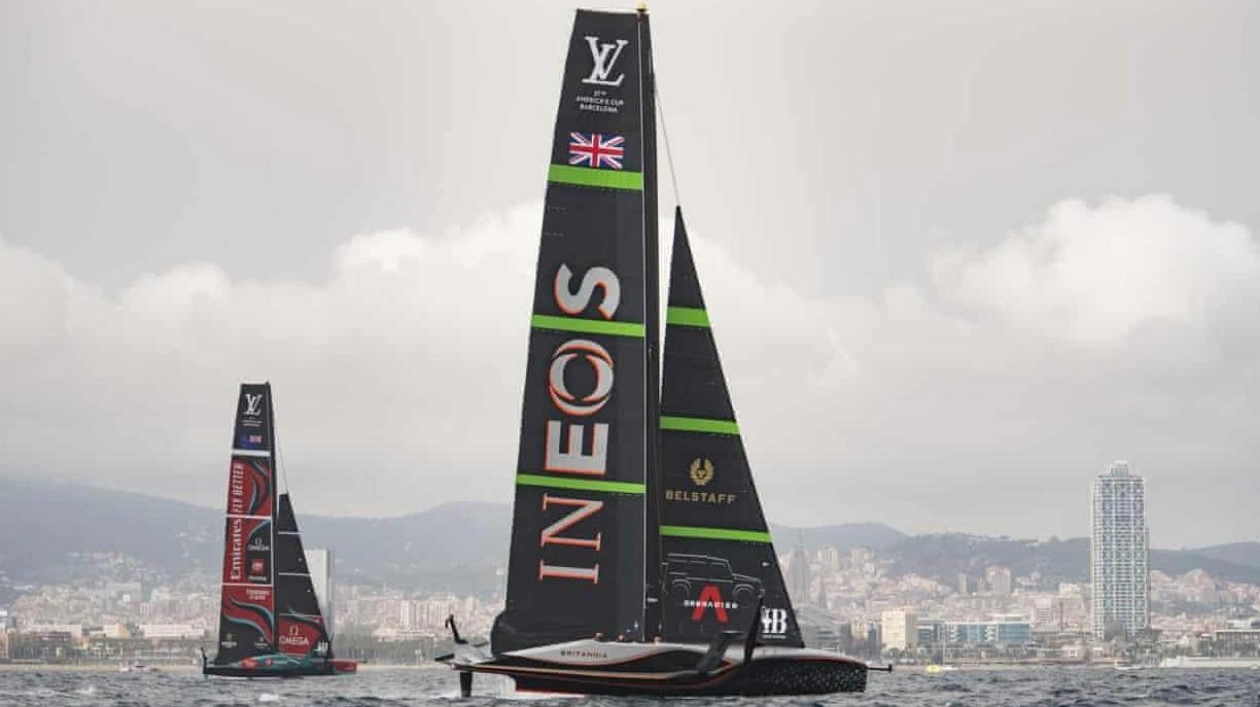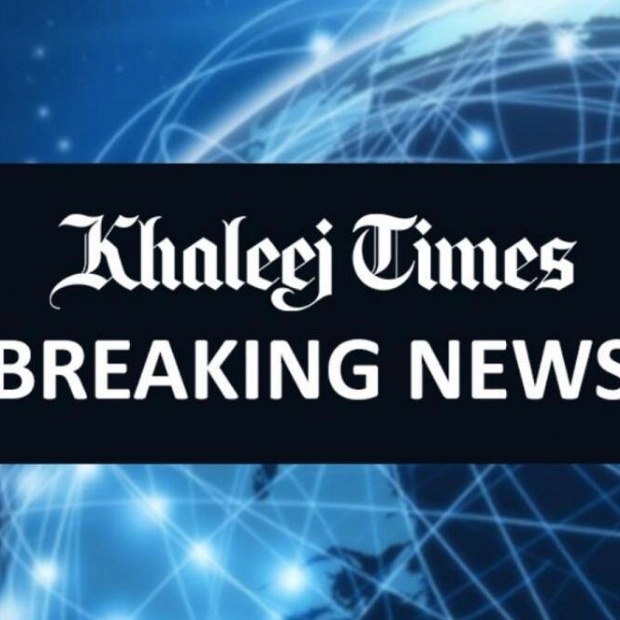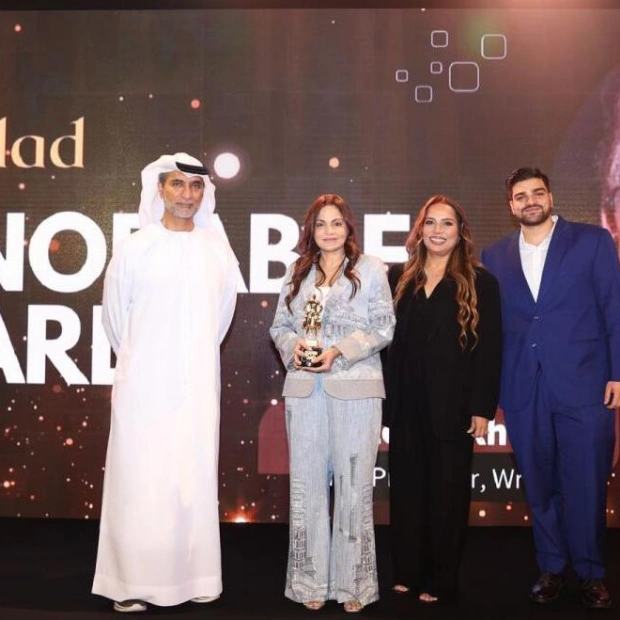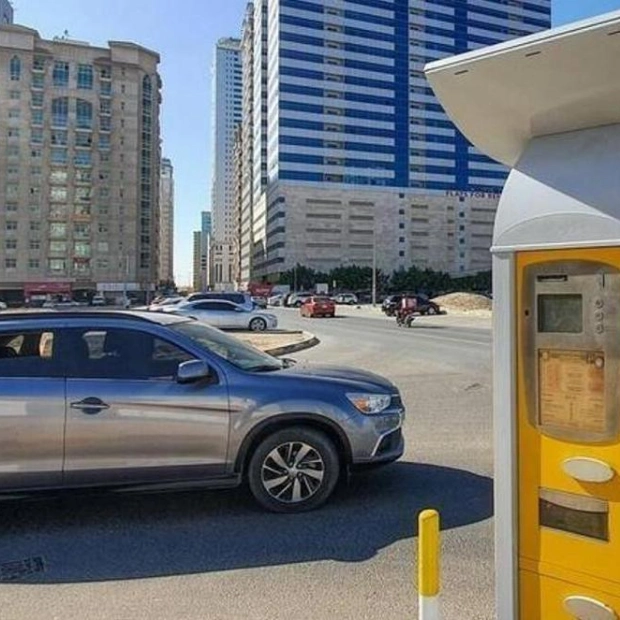Twenty-four hours can make a significant difference on the water. When the sea conditions off Barcelona altered on Tuesday, the dynamics of the 37th America’s Cup underwent a dramatic shift. Ineos Britannia, who were previously trailing Emirates Team New Zealand 4-0 in the best-of-13 series, suddenly found themselves back in the race. The America’s Cup is not just a test for sailors but also for sailboat designers, and the nuanced design distinctions between the two AC75 yachts provided the British team an edge in the rougher weather. Before long, they had narrowed the gap to 4-2.
One of the primary reasons New Zealand had an advantage in the calm waters at the start of the regatta was their design team’s decision to optimize the boat’s performance in flat seas. Their vessel, Tahoro, features “dry bulbs” on its foil arm, ensuring compliance with weight regulations while minimizing water surface area. This design excels in calm conditions but falters when the seas are choppy.
“That’s definitely part of the performance difference,” Ainslie acknowledged, “but it’s not the only factor.” His crew still needed to execute their strategies perfectly to capitalize on these performance gaps. In the sixth race, they secured a seven-second victory by outsmarting New Zealand during the pre-start with a maneuver they had practiced the previous day. The Kiwis, feeling the sea was too rough, spent their reserve day ashore, a decision that proved costly.
This misstep not only meant the British were more accustomed to the new conditions but also instilled a belief that they were working harder than their rivals. Ainslie thrives on such mental advantages. A week ago, when asked which America’s Cup skipper he admired most, Ainslie chose the Australian John Bertrand over his rival Peter Burling’s pick, Russell Coutts. Bertrand, who skippered Australia II to victory in 1983, famously came back from a 3-1 deficit to win 4-3, breaking the USA’s 132-year winning streak. “It still gives me chills,” Ainslie said. For someone with so many victories, he relishes the role of the underdog, often praising his opponents throughout this regatta.
Ainslie’s own history is rich with comebacks. He joined Oracle Team USA in the 34th America’s Cup in San Francisco in 2013 when they were 4-0 down. Despite being 8-1 down shortly after, his tactical input helped them stage an incredible comeback to win 9-8. With such firsthand experience in overcoming odds, the question now is whether he can replicate this success as the series levels up.






